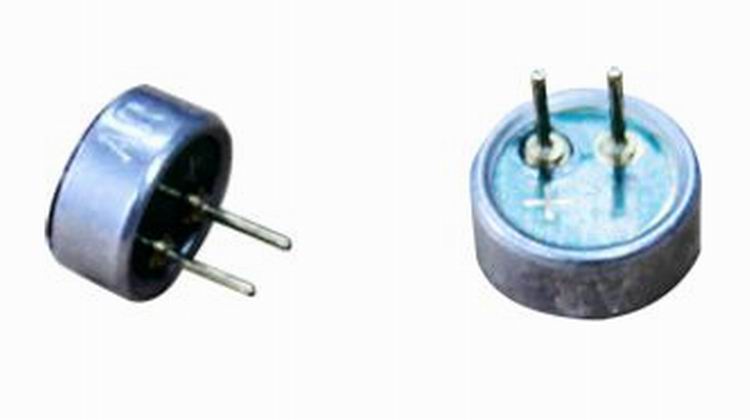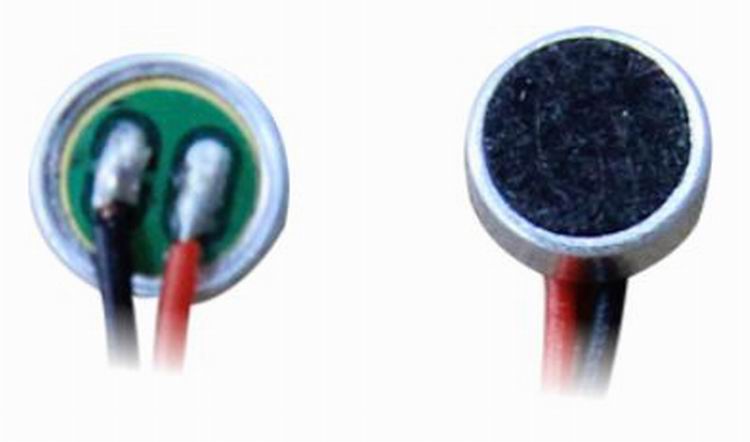In the past few years, the prospects of the domestic LED lighting industry have been optimistic, coupled with the policy encouragement and financial subsidies of some local governments, the upstream MOCVD equipment staged a "crazy" procurement tide. The resulting "butterfly effect" has led to a wave of sapphire crystal growth and substrate project investment booms.
However, after the rapid expansion of the sapphire substrate industry, it is followed by questions about whether the investment is overheated and whether capacity can be released on schedule. Zuo Hongbo, general manager of Harbin Institute of Technology Orient Optoelectronics Technology Co., Ltd. said that the current sapphire substrate market opportunities and challenges coexist.
Compared with most companies, the sapphire substrate market is highly competitive and price competition is serious.
In particular, the low price that continued in 2011 has brought a lot of pressure to sapphire crystal growth and substrate companies. At the same time, several silicon-based substrate-based chip factories, including Jingneng Optoelectronics and Puri Optoelectronics, have announced relevant mass production plans, which has somewhat doubted the industry's mainstream position in the future market for sapphire substrates.
Although the current sapphire substrate price is not ideal, Zuo Hongbo believes that the large-size, high-quality sapphire substrate market still has strong market competitiveness.
Easy investment and difficult mass production
According to industry insiders, sapphire substrates account for up to 20% of LED costs, which is the most costly material in the LED supply chain. According to the research data of the High-tech LED Industry Research Institute (GLII), as of the first half of 2012, nearly 70 sapphire crystal growth and substrate projects have been put into production, under construction and newly planned in China, but not many of them are actually put into production. The number does not exceed 25.
Liu Shiquan, chairman of Shenzhen Jinglandi Optoelectronics Technology Co., Ltd., also confirmed to reporters the accuracy of the above data: "The substrate 'hot' is not actually "landing" into the market", in his view, sapphire lining The bottom market is thunderous and rainy, and most projects have not yet been mass-produced.
“The production is difficult, and the technology and scale are still not mature.†Lu Qidan, general manager of GCL Optoelectronics Technology Co., Ltd. also pointed out that the domestic sapphire substrate is still in the stage of exploration, the market is very chaotic, and there are not many enterprises with real strength. He stressed that enterprises must achieve economies of scale in order to achieve real mass production. “Without 50 or more crystal growth equipments (alkali furnaces), companies are hard to weather. But many domestic companies rely on only 10 or 20 crystal growth furnaces, and it is difficult to compete with the US, Japan and Korea without scale.â€
In addition to the small scale, in order to quickly realize the industrialization process of sapphire substrates, it is necessary to cooperate effectively with mature and stable technical processes.
Lv Qidan pointed out that due to the fact that the market for crystal growth furnaces is generally not stable enough, the equipments of different manufacturers have great differences. “The same technician can operate a manufacturer's equipment, but it does not mean that you can immediately operate other manufacturers' equipment.â€
Because each furnace has different characteristics, the variables vary greatly under the same conditions and require experienced crystallizers to adjust. This also poses a problem for the consistency and stability of the crystal. Xu Jiaqing, chief engineer of Jinglandi Optoelectronics, also said that the main reason why the company's previously developed long crystal furnace prototype has not been commercialized immediately is that the equipment relies too much on the experience of operators. This is a problem that Changjing equipment enterprises need to solve urgently in the future.
In fact, for a long time, the global sapphire substrate industry has been at the stage of being divided into several markets by several major international giants. According to the data, in 2010, more than 90% of the global sapphire substrate production capacity was concentrated in seven or eight international manufacturers such as STC, Rubicon, Monocrystal, Kyocera and Namiki. These enterprises integrate process equipment, patent technology, R&D team and sales channels, and set a high market entry threshold for latecomers.
Unfinished
For more information, please refer to the September issue of "High-tech LED-Technology and Applications"

Microphone:
Microphone is a kind of electrets microphone unit for audio input. It is a transducer which can transduce audio signal into electric signal. It is also called receiver. It is widely used in many industries which need audio input.
Our main microphones include:
1) From the diameter: we have microphones in 4mm~10mm.
2) From the direction, we have omni-direactional and one-directional micphones.



FAQ
Q1. What
is the MOQ?
XDEC: 2000pcs for one model.
Q2. What is the delivery lead time?
XDEC: 15 days for normal orders, 10 days for urgent orders.
Q3. What are the payment methods?
XDEC: T/T, PayPal, Western Union, Money Gram.
Q4. Can you offer samples for testing?
XDEC: Yes, we offer free samples.
Q5. How soon can you send samples?
XDEC: We can send samples in 3-5 days.
Electric Microphones,Usb Microphone,Digital Microphone,Stage Microphone
Shenzhen Xuanda Electronics Co., Ltd. , https://www.xdecspeaker.com
